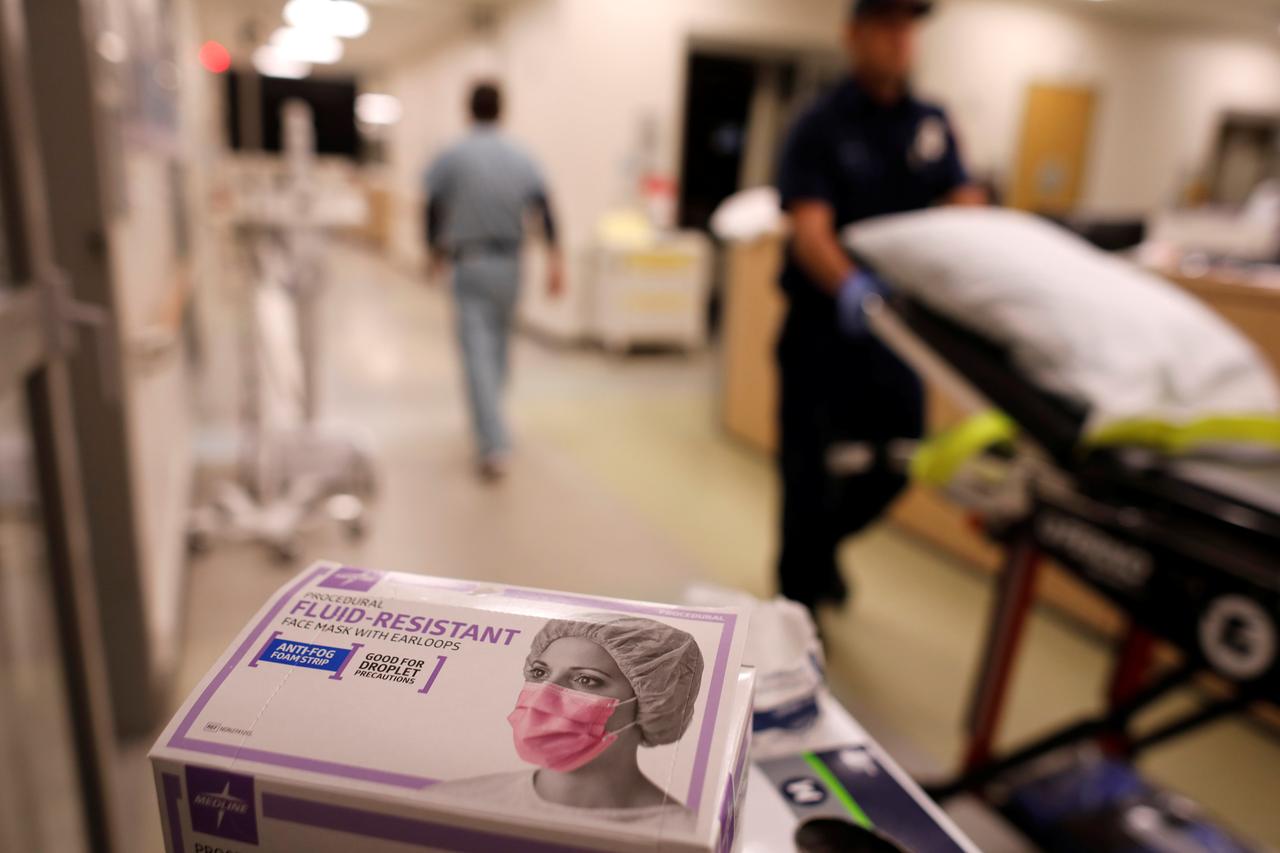
Development spending for disease prevention
Health inequality is borne of a poorly orchestrated socio-economic policy
Limiting infectious diseases through environmental and preventive reforms is a traditional approach of a safe healthcare delivery system. According to Thoman McKeown, the professor of social medicine, clinical medicine had not been the main driver behind the modern rise of population. He argued that improved nutrition and the creation of a clean water supply made people live healthier and longer. In the ancient world, the governing class distinguished themselves from the ordinary mortals by ensuring the cleanliness of the body and the environment. For several decades, spirituality, morality and religious beliefs were considered disease preventers, following which abstention from sins and adherence to religious codes in all spheres of life helped restrain diseases. At the core of this understanding was the belief that cleanliness was the sling to kill the disease before its descent on its target. Later, the Hippocratic tradition discarded supernatural forces and reasoned that natural events make people sick but stressed on taking preventive measures.
Prevention becomes a vague concept if the interdependence between health and socio-economic indicators such as poverty, income inequality and unstable employment is not taken into consideration. Poverty makes prevention difficult. Not because cleanliness cannot be acquired in a poor economic state, but because informal settlements usually lack government oversight in the provision of clean drinking water and proper sanitation. Regulatory measures for safe eatables are usually missing as well. To top it all, the public health system, being ever resource-deficient makes primary care — where prevention initially originates — slow and in many cases, unavailable. Health inequality is thus borne of a poorly orchestrated socio-economic policy.
Being a global phenomenon, even countries with technological access to modern life-saving measures are not immune to health inequality — not to talk of countries like Pakistan, which is neither politically nor professionally willing to invest in healthcare.
In 2019, New Zealand shifted its budget’s centrality from increasing its gross domestic product (GDP) to improving the welfare of the citizens. The Marmot Review on health equity in England has taken healthcare beyond the pale of funding and function. In fact, health, the report argues, is linked to the conditions in which people are born, grow, live, work and age. Unequal distribution of power, money, and resources are other social determinants of health.
The report notes that investment in the development of the early years of a child’s life could lay the ground for a healthy life ahead. It also points out that poverty, education, housing and homelessness, and climate changes determine the kinds of healthcare choices an individual makes. There are now very few takers of the notion that people are poor because they make poor choices, and that an unhealthy poor person is the one who makes the wrong choices. In fact, people with low incomes have a restricted range of options to choose from. They are forced to live in conditions that induce stress and cause healthcare issues.
The government’s spending preferences can entrench child poverty, declining standard of education, increase the incidence of violent crime and shrink employment opportunities — factors that could directly affect the health of a large segment of the population, depending on the rural-urban ratio.
According to the World Bank report released in October 2019, Pakistan reduced its development spending by 25% year-on-year in FY2019 as the federal and provincial governments adjusted their fiscal balances. The IMF mission on Pakistan’s tour for the review of the second quarter nudged the government to expand development spending or, at least, spend the allocated funds instead of routing it to finance the fiscal deficit.
That explains why Pakistan is the second country in the world with the largest number of people infected with hepatitis C. It also explains why Pakistan still has the highest infant mortality rate, according to the UN children’s agency, Unicef.
Thirty-eight per cent of Pakistan’s children suffer from stunted growth. Later, these children become overweight — a double-down on miseries. The first casualty to strike a stunted child is the loss of school with which comes the prospect of delayed entry into the labour force. In figures, it means that 43% of children under five in low and middle-income countries are more at risk of getting caught up in poverty because of it.
Therefore, a cent diverted from spending on child nutrition curtails development. According to the Copenhagen Consensus, from every dollar spent on nutrition in the first 1,000 days of a child’s life, the benefit could be an average of $45, reflected in the child’s healthier and prosperous future.
Another case of concern is the “hidden hunger”. As the former deputy executive director of Unicef, Kul C Gautam said in 2004, “You might not feel it in the belly, but it strikes at the core of your health and vitality.” An example of hidden hunger is vitamin A deficiency. Linked to the lack of iron in the diet, vitamin A deficiency makes children blind and women severely anaemic, resulting in the death of many young women during or shortly after childbirth. People who could not afford nutritious food because of poverty get trapped into the hidden hunger cycle. Also, a nutritious food could get wasted if the body is not prepared to absorb nutrients. Diarrhoea and chronic gut inflammations are some of the causes of this nutritional waste.
According to Unicef, every year, 177,000 children die of diarrhoea in South Asia. These children could have lived if the governments in their countries had chosen to invest in improving sanitation hygiene and drinking water.
The latest World Bank report “Pakistan @ 100” disclosed that 64% of the population do not have access to safe drinking water. Similarly, as of a 2015 survey conducted by Unicef, 41 million people in Pakistan defecated in the open. In that case, having a high incidence of diarrhoea and especially polio should not come as a surprise.
So what does Pakistan need to do? There is no alternative to investing in disease prevention and primary healthcare, for which health equity and well-being of its people should be the centrepiece of any government’s economic planning.
The road to early intervention to prevent health inequality goes through socio-economic development, especially through spending in WASH — water, sanitation and hygiene.
Published in The Express Tribune, March 5th, 2020.
Like Opinion & Editorial on Facebook, follow @ETOpEd on Twitter to receive all updates on all our daily pieces.




















COMMENTS
Comments are moderated and generally will be posted if they are on-topic and not abusive.
For more information, please see our Comments FAQ